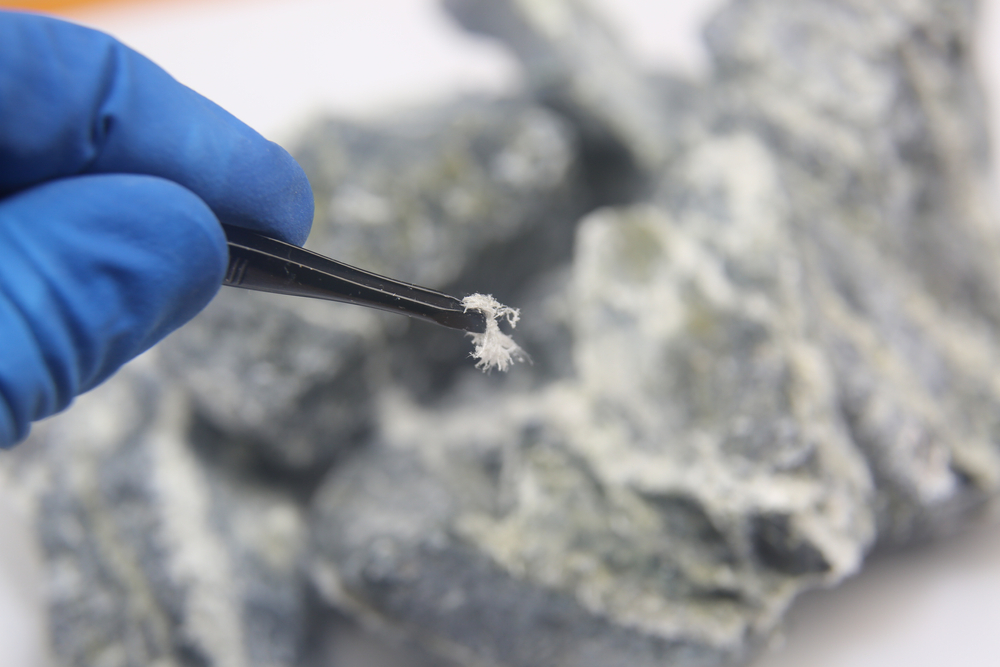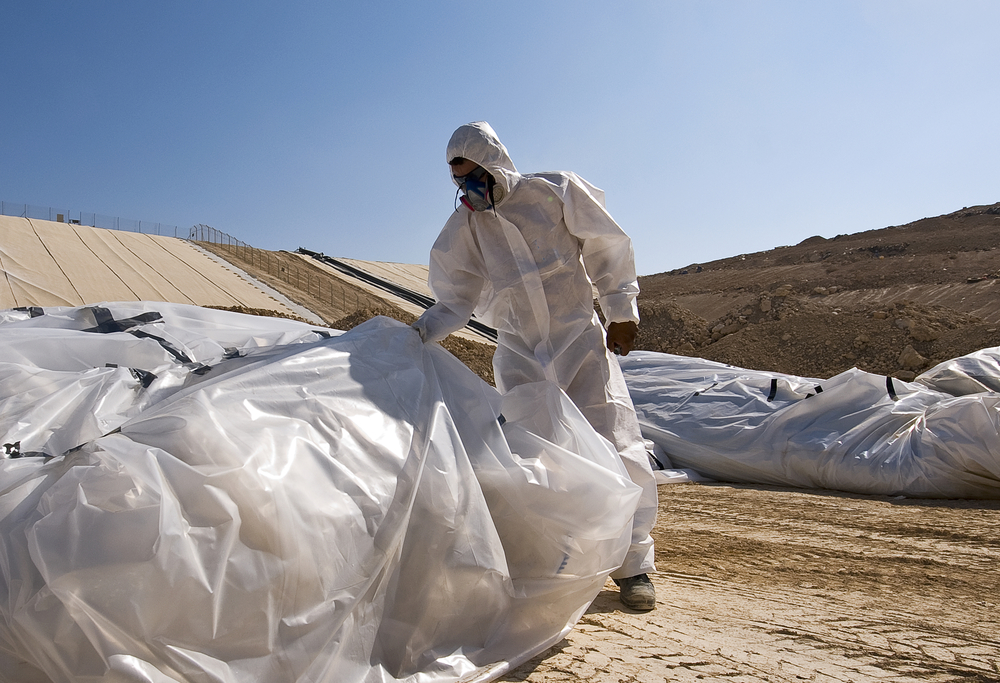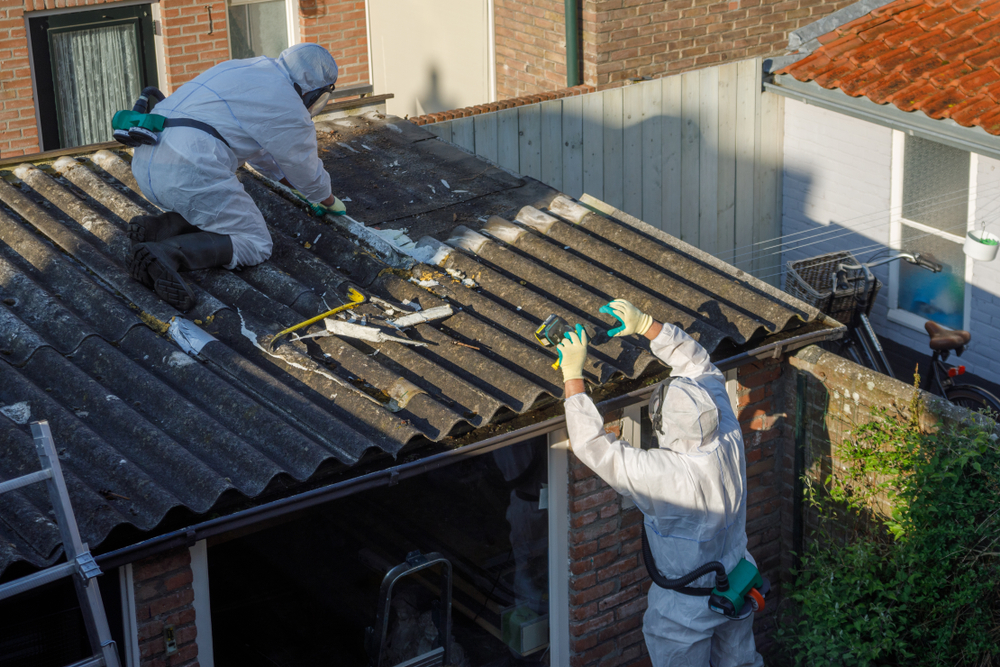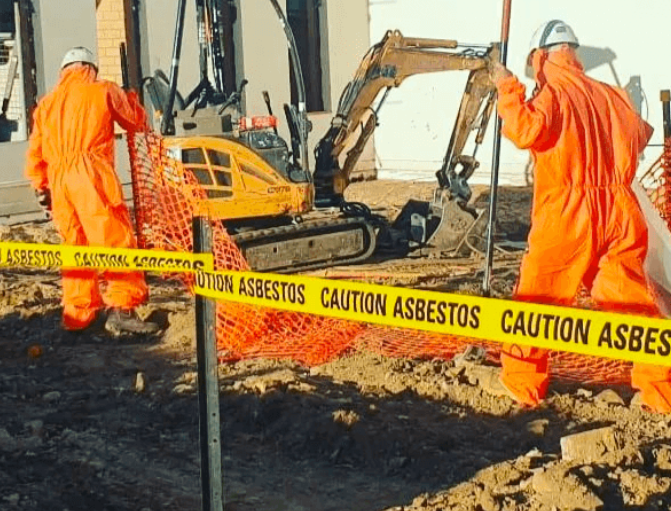
Asbestos, a mineral found in nature, was once highly acclaimed for its robustness and fire-retardant attributes. Due to the dangers it has on human wellness, numerous regulations and bans have been imposed concerning its use.
To guarantee the safety of your family members as well as yourself, it is essential that you recognize how to identify asbestos in your house and be aware of related risks before proceeding with removal procedures.
In order to protect one’s health, it is important to identify asbestos-containing materials in the home. Asbestos belongs to two families (serpentine and amphibole), of which chrysotile (serpentine family) was commonly used as a building material for its durability at high temperatures.
Types include amosite (brown), crocidolite, and tremolite. Each has its own particular set of risks that come with exposure to its fibrous fibres. Having samples tested by an accredited laboratory is recommended for verification purposes when dealing with potentially hazardous substances such as asbestos-containing materials.
In Australia, asbestos-containing materials were used on a large scale from the 1940s to 1980s in around 3,000 different products. A huge number of houses that had been either built or renovated prior to 1990 are most likely containing traces of this mineral.
Regulation for asbestos started in the 1970’s with blue (crocidolite) being one of its types completely forbidden by 1967. To protect people against any hazardous exposure risk, all forms and use of such materials were strictly prohibited after December 31st 2003.

Materials containing asbestos, particularly building materials such as asbestos cement and products with it used from the mid-1940s to late 1980s, can be found in various places around homes built before 1990. Common sites where these substances are located include eaves, internal and external wall cladding, ceilings specifically wet areas (e.g., bathrooms or laundries), fences etc.
If a material raises doubts that may contain this hazardous substance, please take precautionary measures immediately. Disturbing any of these elements can release dangerous fibres into the air, creating health risks. In order to manage potential exposure, professional advice should be sought to identify if there is a presence of asbestos properly managed.
Identifying asbestos-containing materials can be difficult without the proper training, as they come in a variety of forms and have different colours and textures. Though warning labels may not always provide proof that material does or doesn’t contain asbestos fibres, it is important to remember this cannot guarantee its absence either.
Asbestos-containing substances are divided into two categories: bonded (which are mixed with cement or another kind of binding agent) and friable (not bound together), which means there is an increased chance for airborne exposure when disturbed.
Asbestos cement, commonly used in residential construction, is a material that consists of bonded asbestos – also known as non-friable. To safely handle this type of asbestos it’s necessary to wear protective gear such as eye protection, gloves and a respirator so as not to disturb the substance and release its fibres into the air.
Here are 20 examples of materials or products that may contain bonded asbestos:
Friable asbestos, otherwise known as loose asbestos and commonly found in insulation, fireproofing or soundproofing materials used in both residential and industrial buildings since the 1800s, is a more hazardous form of material containing asbestos.
This type can be broken down into dust with just hand pressure, so it has an increased potential to release airborne fibres when disturbed, which carries significant health risks if inhaled. Great caution should always be taken when dealing with this kind of product and professional help for its safe removal is essential.
Here are 20 examples of materials or products that may contain friable asbestos:

To guarantee a proper understanding of the hazards linked to asbestos and secure adequate advice on identification, testing and removal (including deciding if a certified asbestos remover should be used), engaging a qualified asbestos consultant is essential due to the delicate microscopic techniques as well as rigorous safety measures involved in doing so.
When selecting an asbestos consultant, it’s vital to evaluate their experience, credentials, qualifications, and references. They should be accredited by recognised Australian bodies such as the Australian Institute of Occupational Hygienists (AIOH) or Safe Work Australia with expertise in detecting asbestos presence and overseeing its safe removal and management.
To find a qualified asbestos professional near you, look online for consultants or contact your local health department for suggestions. Before hiring one of these professionals, have discussions on project details including cost estimates along with any questions that come up during this process.
We work closely with Greenlight Environmental Services and highly recommend their testing services.
Various laboratories in Australia have been accredited by the National Association of Testing Authorities (NATA) to identify and analyze asbestos samples. Companies such as SGS Australia Pty Ltd, Envirolab Services, Airsafe are a few mentioned that can be found on NATA’s website with their contact information. There may be some fees associated with testing, but these will likely differ between labs depending on what tests need to take place.
It is essential that proper asbestos management and removal practices are employed to safeguard health, abide by legal requirements, and evade potential penalties. Homeowners must take special precautions when doing home renovations in the presence of this hazardous material.
Experienced professionals should be engaged in safe handling and disposal processes with protective clothing and masks being worn at all times during work. The Australian Government’s enHealth document ‘Asbestos – A guide for householders and the general public’ offers insight into what should be done concerning it in homes.
Failure to observe safety measures may lead to adverse effects on human well-being while also incurring grave legal implications, so adhering strictly to guidelines set forth by specific state rules has become a critical part of dealing with it correctly.
That way one can ensure compliance along with reducing liability hazards related thereto. Ensuring protection across multiple levels such as physical ones both indoors/outdoors or fiscal costs due to improper adherence beforehand.
Knowing the risks associated directly with this substance is vital before attempting any action involving asbestos since even inhalation via dust particles could lead to harmful symptoms downroad thus coming fully equipped not just physically but mentally & understanding would remove an almost certain amount of threat prospects offered facing its wrath unknowingly.

When dealing with asbestos-containing materials, it is essential to take safety precautions in order to prevent the release of hazardous fibres into the air. Appropriate personal protective equipment (PPE) must be worn at all times, such as respirators and gloves, when handling material that may contain asbestos. It’s important not only to avoid direct contact with this type of material but also to minimise any disturbance that could disperse contaminated particles further.
To ensure a safe environment, samples should be taken using strict guidelines according to the best practices set by qualified consultants or an accredited laboratory for testing purposes. If you suspect the presence of asbestos anywhere on your property, enlisting professionals is advised so that they can determine how serious the problem really is and help implement necessary measures needed for managing exposure risk correctly within the applicable regulations framework.
The use of asbestos in construction materials can be dangerous, as the fibres are known to cause health problems when they become airborne. Understanding different types of this material and being able to recognize them is key to taking action. Professionals should always be consulted for testing and removal procedures if it’s found.
Taking necessary precautions such as observing legal requirements along with adhering to best practices will guarantee public safety and protect everyone from potential risks posed by asbestos-containing materials (ACM). Awareness of how hazardous ACMs are is extremely important – knowledge gained here may potentially save lives!
Asbestos tiles, usually ranging from 9”x9” to 18”x18’ in size, and often becoming darkened over time with prolonged use, should never be tampered with as there is a risk associated with exposure.
If you think asbestos may be present in your house, it is best to have professional testing conducted by either an accredited laboratory or a qualified asbestos consultant for accurate results.
Asbestos can be separated into two main types: serpentine and amphibole. Of those, the most commonly used variety is chrysotile, but amosite, crocidolite and tremolite are also seen in use.
When handling asbestos, it is vital to wear the necessary safety gear like a respirator, gloves and protective clothing while keeping away from direct contact with this material.
You can find an accredited laboratory for asbestos testing through the National Association of Testing Authorities (NATA) list.
Posted By: Tommy Clappers
Leave a Reply